Description
Molecular Sieves: The Unsung Heroes of Solvent Drying
In the world of chemistry, pharmaceuticals, and countless other industries, achieving ultra-dry solvents is often a critical requirement. Whether it’s to prevent unwanted side reactions, ensure the longevity of catalysts, or maintain the integrity of sensitive compounds, meticulously dried solvents are indispensable. While various methods exist for solvent drying, one stands out for its efficiency, versatility, and robustness: the use of molecular sieves.
Molecular sieves, often abbreviated as mol sieves, are crystalline aluminosilicates with a three-dimensional, highly porous structure. This unique structure acts as a “molecular strainer,” allowing molecules smaller than the pore size to be adsorbed into the internal cavities while larger molecules are excluded. This selective adsorption makes them ideal for removing water and other impurities from solvents.
How Molecular Sieves Work for Solvent Drying:
The principle behind solvent drying with molecular sieves is relatively simple:
- Adsorption: The solvent is exposed to the molecular sieve. Water molecules, being small and polar, are strongly attracted to the highly polar internal surface of the sieve. They diffuse into the pores and are trapped within the structure.
- Selective Removal: The molecular sieve selectively retains water molecules, leaving behind a dried solvent. The effectiveness depends on the pore size of the molecular sieve, the polarity of the solvent, and the concentration of water present.
- Regeneration (Reactivation): Once the molecular sieve is saturated with water, it loses its drying capacity. It can be regenerated by heating under vacuum or purging with a dry gas, driving off the adsorbed water and restoring its activity. This makes molecular sieves a reusable and cost-effective option.
Different Types and Their Applications:
Molecular sieves come in various pore sizes, each designated by a number (e.g., 3A, 4A, 5A, 13X). The choice of sieve depends on the size of the solvent molecule being dried:
- 3A: Ideal for drying solvents containing small molecules like methanol, ethanol, and acetonitrile. The 3A pore size is small enough to exclude most organic molecules, ensuring only water is adsorbed.
- 4A: A general-purpose molecular sieve suitable for drying a broader range of solvents, including diethyl ether, tetrahydrofuran (THF), and dichloromethane.
- 5A & 13X: Often used for drying larger, more complex solvents and gases.
Advantages of Using Molecular Sieves for Solvent Drying:
- High Drying Capacity: Molecular sieves can achieve exceptionally low water content in solvents, often below 10 ppm.
- Versatility: They are effective for drying a wide range of solvents, both polar and non-polar.
- Reusability: Molecular sieves can be regenerated multiple times, making them a sustainable and economical choice.
- Chemical Inertness: They are generally inert towards most solvents, minimizing the risk of contamination.
- Ease of Use: Simple to implement in both laboratory and industrial settings.
Practical Considerations:
While molecular sieves are a powerful tool for solvent drying, certain considerations must be taken into account:
- Choosing the Right Sieve: Selecting the appropriate pore size is crucial to ensure efficient water removal without adsorbing the solvent itself.
- Pre-Drying: For highly contaminated solvents, pre-drying with other methods like distillation or magnesium sulfate can prolong the lifespan and efficiency of the molecular sieve.
- Activation: Pre-activation of the molecular sieve is essential to remove any residual water or gases that may be present.
- Storage: Properly storing molecular sieves in a dry, airtight container is vital to prevent them from absorbing moisture from the atmosphere.
- Mechanical Stability: Molecular sieves can be brittle and prone to generating fines (small particles). Handling them carefully and using appropriate filtration methods can minimize this issue.
Conclusion:
Molecular sieves are indispensable tools for laboratories and industries requiring high-purity, anhydrous solvents. Their ability to selectively adsorb water molecules, combined with their reusability and versatility, makes them a highly effective and cost-efficient solution. By understanding the principles of their operation and carefully selecting the appropriate type, users can confidently achieve the desired level of solvent dryness, ensuring the success of their experiments and processes. As research and development continue to push the boundaries of chemical synthesis and materials science, molecular sieves will undoubtedly remain an integral component of the modern laboratory toolkit.

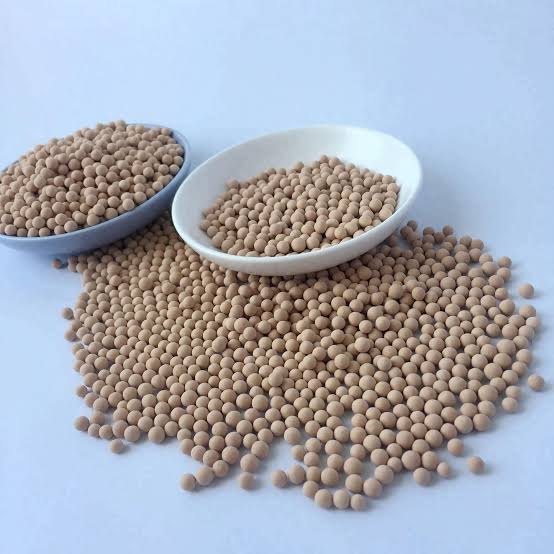


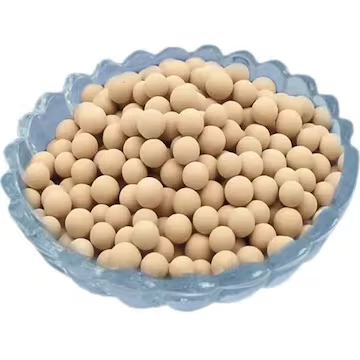
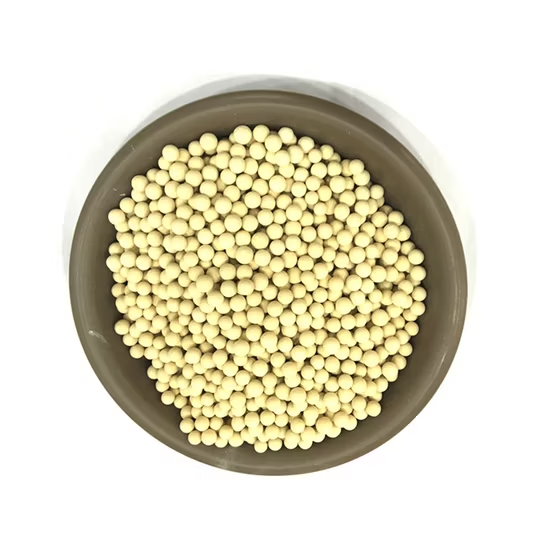
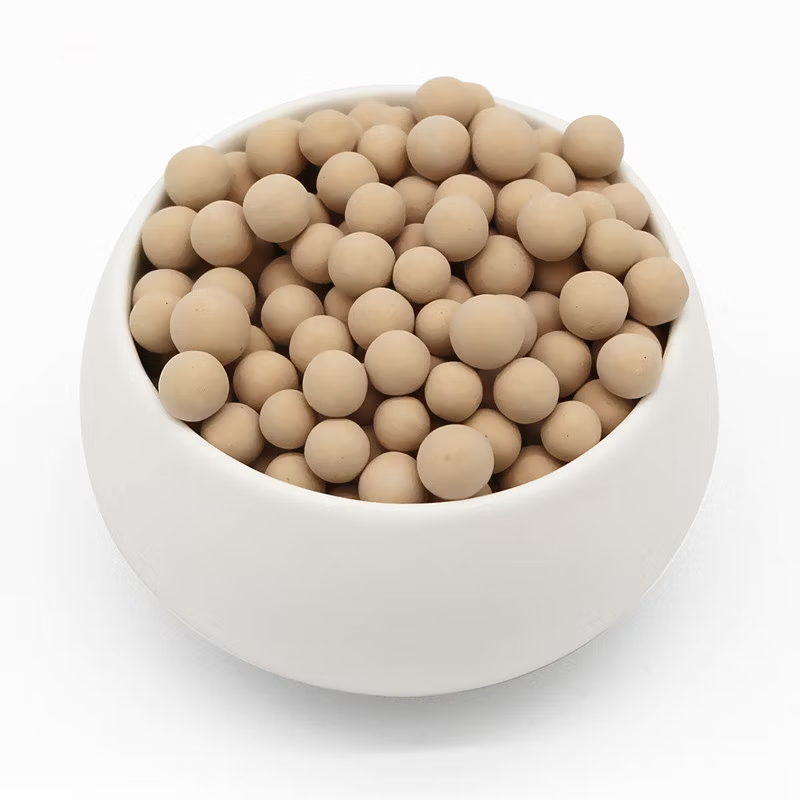

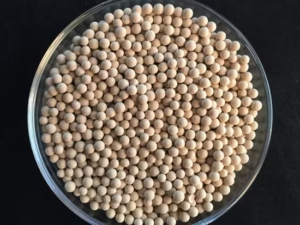


Reviews
There are no reviews yet.